Refine search
Actions for selected content:
3382847 results
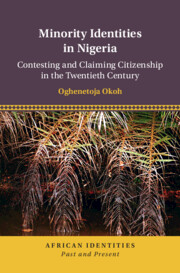
Minority Identities in Nigeria
- Contesting and Claiming Citizenship in the Twentieth Century
- Coming soon
-
- Expected online publication date:
- September 2025
- Print publication:
- 16 October 2025
-
- Book
- Export citation

Haydn Studies 2
- Coming soon
-
- Expected online publication date:
- September 2025
- Print publication:
- 16 October 2025
-
- Book
- Export citation
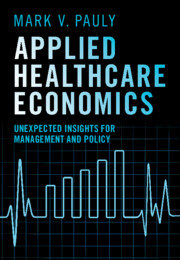
Applied Healthcare Economics
- Unexpected Insights for Management and Policy
- Coming soon
-
- Expected online publication date:
- September 2025
- Print publication:
- 16 October 2025
-
- Book
- Export citation
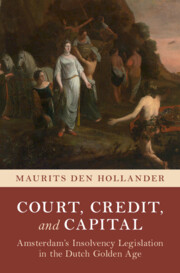
Court, Credit, and Capital
- Amsterdam's Insolvency Legislation in the Dutch Golden Age
- Coming soon
-
- Expected online publication date:
- September 2025
- Print publication:
- 16 October 2025
-
- Book
- Export citation

Beer Law
- Coming soon
-
- Expected online publication date:
- September 2025
- Print publication:
- 16 October 2025
-
- Book
- Export citation
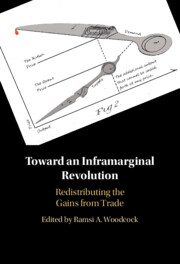
Toward an Inframarginal Revolution
- Redistributing the Gains from Trade
- Coming soon
-
- Expected online publication date:
- September 2025
- Print publication:
- 16 October 2025
-
- Book
- Export citation
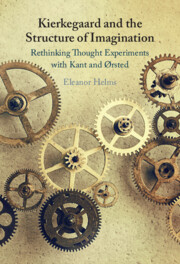
Kierkegaard and the Structure of Imagination
- Rethinking Thought Experiments with Kant and Ørsted
- Coming soon
-
- Expected online publication date:
- September 2025
- Print publication:
- 16 October 2025
-
- Book
- Export citation
5 - Other Equivalences for Petri Nets
-
- Book:
- Syntax and Semantics of Petri Nets
- Published online:
- 09 September 2025
- Print publication:
- 25 September 2025, pp 200-228
-
- Chapter
- Export citation
Tables
-
- Book:
- Applying Corpus Linguistics to Illness and Healthcare
- Published online:
- 05 September 2025
- Print publication:
- 25 September 2025, pp ix-x
-
- Chapter
-
- You have access
- Open access
- HTML
- Export citation
17 - Military Applications of Artificial Intelligence Metacognition
- from Part VIII - Applications of Metacognitive AI
-
-
- Book:
- Metacognitive Artificial Intelligence
- Published online:
- 08 September 2025
- Print publication:
- 25 September 2025, pp 276-296
-
- Chapter
- Export citation
8 - Metacognitive Insights into ChatGPT’s Arithmetic Reasoning
- from Part IV - Metacognition with LLMS
-
-
- Book:
- Metacognitive Artificial Intelligence
- Published online:
- 08 September 2025
- Print publication:
- 25 September 2025, pp 121-132
-
- Chapter
- Export citation
7 - Law and the Afterlives of Utopia
-
-
- Book:
- Reckoning with Law in Excess
- Published online:
- 09 September 2025
- Print publication:
- 25 September 2025, pp 163-185
-
- Chapter
-
- You have access
- Open access
- HTML
- Export citation
3 - Large-Scale to Synoptic Circulation of the Southern Hemisphere
- from Part II - Synoptic Circulation and Weather Regimes
-
- Book:
- Synoptic Paleoclimatology
- Published online:
- 09 September 2025
- Print publication:
- 25 September 2025, pp 95-151
-
- Chapter
- Export citation
Index
-
- Book:
- Reckoning with Law in Excess
- Published online:
- 09 September 2025
- Print publication:
- 25 September 2025, pp 295-304
-
- Chapter
-
- You have access
- Open access
- HTML
- Export citation
Chapter 1 - A First Nations art pedagogy in Australian early childhood education
-
-
- Book:
- The Arts and Meaning-Making with Children
- Published online:
- 11 September 2025
- Print publication:
- 25 September 2025, pp 1-22
-
- Chapter
- Export citation
Chapter 4 - Formation and types of companies
-
- Book:
- Contemporary Australian Corporate Law
- Published online:
- 11 September 2025
- Print publication:
- 25 September 2025, pp 108-140
-
- Chapter
- Export citation
Chapter 16 - Winding up and liquidation
-
- Book:
- Contemporary Australian Corporate Law
- Published online:
- 11 September 2025
- Print publication:
- 25 September 2025, pp 532-568
-
- Chapter
- Export citation
3 - Collecting Data
-
- Book:
- Applying Corpus Linguistics to Illness and Healthcare
- Published online:
- 05 September 2025
- Print publication:
- 25 September 2025, pp 33-54
-
- Chapter
-
- You have access
- Open access
- HTML
- Export citation
Part I - Atmosphere–Ocean Circulation and Synoptic Paleoclimatology
-
- Book:
- Synoptic Paleoclimatology
- Published online:
- 09 September 2025
- Print publication:
- 25 September 2025, pp 1-92
-
- Chapter
- Export citation
Chapter 11 - Duty of care, skill and diligence
-
- Book:
- Contemporary Australian Corporate Law
- Published online:
- 11 September 2025
- Print publication:
- 25 September 2025, pp 347-382
-
- Chapter
- Export citation
